July 11, 2022
Everything You Need to Know About the Monsoon Festival of Teej
CM Content Team
In India, people celebrate a variety of festivals throughout the year. These festivals reflect the richness and diversity of Indian culture. And, while people celebrate most of the festivals with great fanfare and pomp, there is always a cultural or mythological significance attached to them. The Teej Festival is no different. It is one of the most sacred festivals observed by the Hindu community, especially by women.
The Teej Festival honours the devotion of Goddess Parvati who underwent severe penance for many years to become the consort of Lord Shiva. During the festival, women bow their heads to the goddess in reverence and seek her blessings for a happy married life. The unmarried girls observe a fast during the festival to get an exemplary husband like Lord Shiva.
Also Read: 6 Places To Visit In India To Make The Most Of Monsoon This Year!
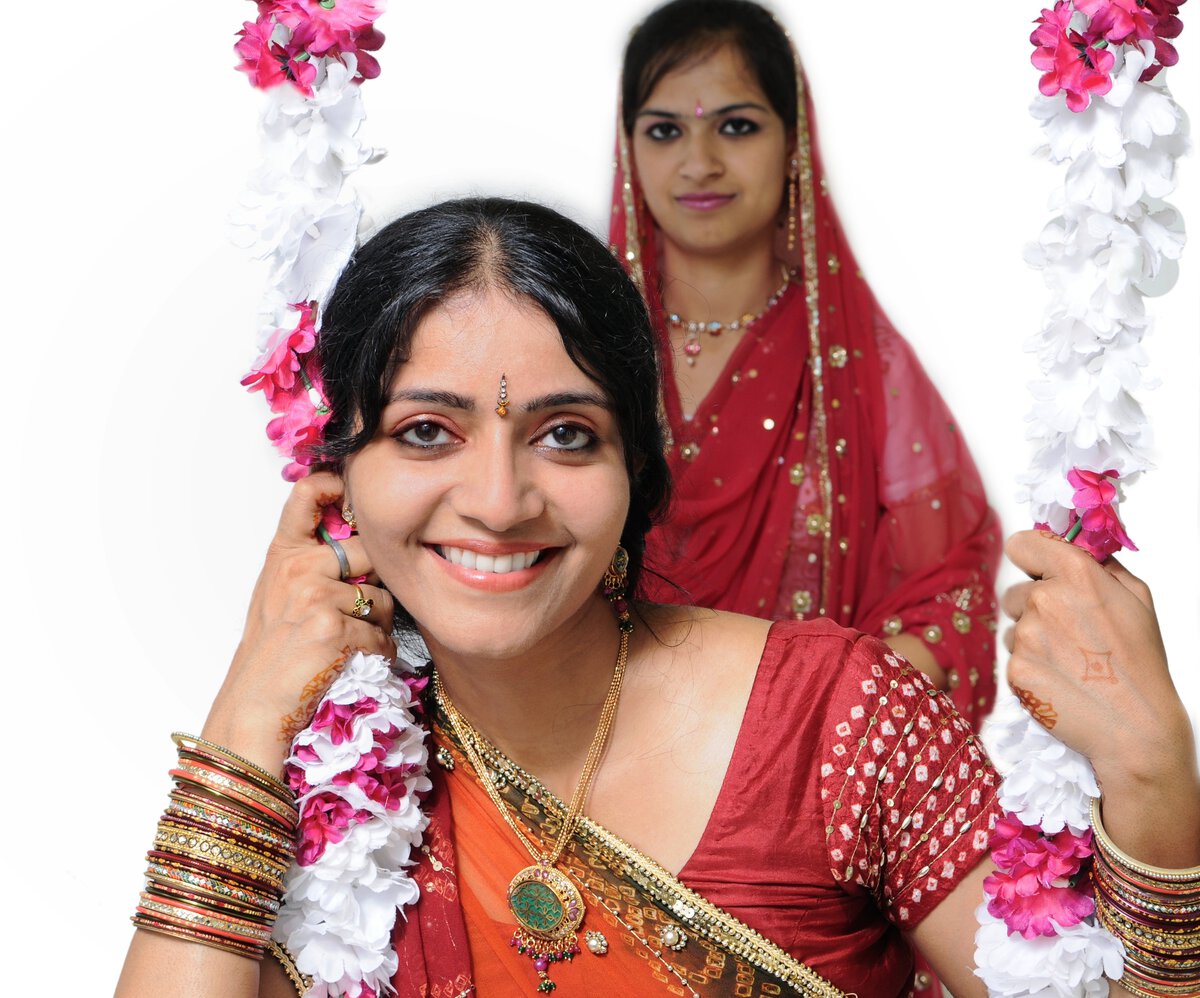
Teej Festival gets its name from a small red-coloured insect called Teej that appears during the monsoon. The festival has been observed for many years, and according to Hindu mythology, it is the day when Goddess Parvati entered Lord Shiva’s abode as his consort. Thus, the festival is considered a symbol of respect, devotion and love of a Hindu woman for her husband.
Another interesting story of Teej is that there was once a forest in Central India ruled by King Dadurai, whose wife self-immolated her on her husband’s pyre. As the sadness engulfed the people of Kajli, they created Raja Kajariin in her honour.
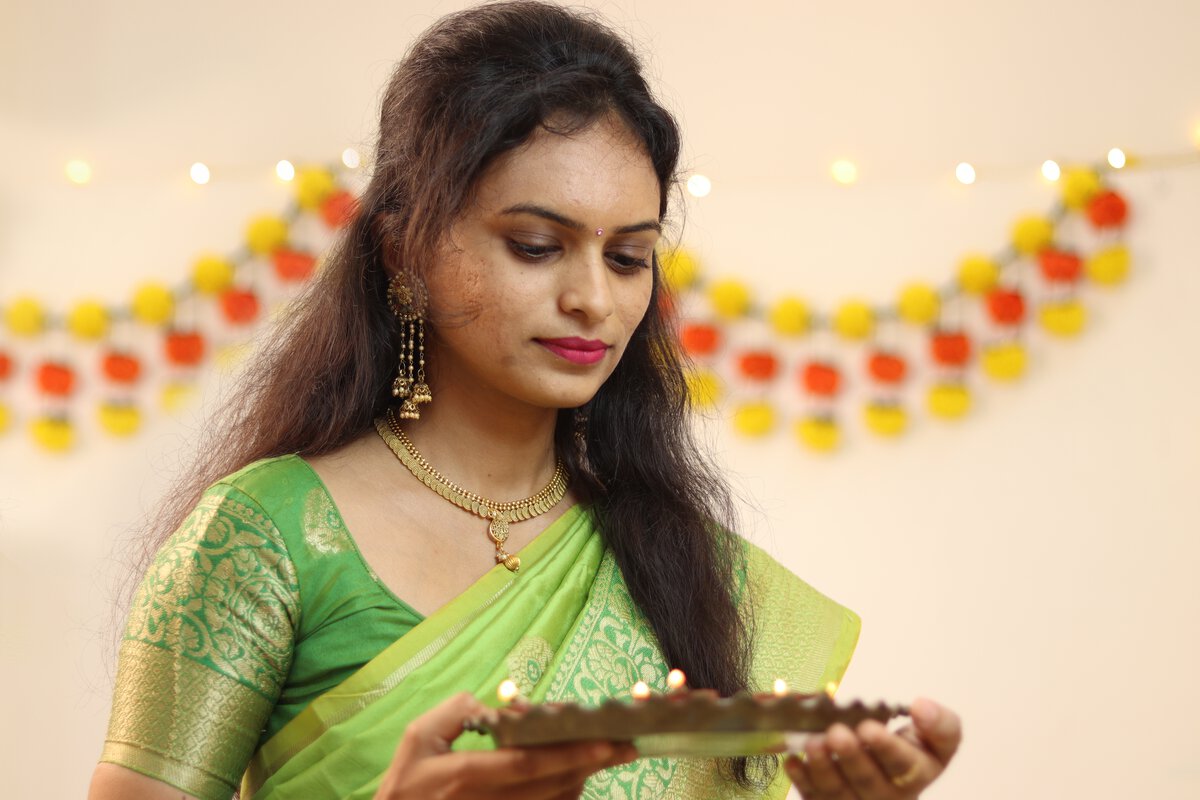
Teej is one of the most important Hindu festivals in India in July. There are types of Teej celebrated in India – The Hariyali Teej, Hartalika Teej and Kajari Teej. The Hariyali Teej, which is also known as ‘Choti Teej’ is celebrated in the Hindu month of Shravan. This is followed by the Kajari Teej or the ‘Badi Teej.’ It is celebrated after fifteen days of Hariyali Teej. The last type of Teej, Hartalika Teej falls in the Bhadrapad month, almost one month after Hariyali Teej.
This year, Teej 2024 will be celebrated in July and August. Hariyali Teej falls on 7th August and Kajari and Hartalika Teej falls on 22nd August and 6th September 2024. Although the customs, traditions and celebrations may differ from state to state, the crux of the festival remains the same, i.e., women seeking Goddess Parvati’s blessings for a blissful marital life.
Also Read: The Rain Gods are calling. Where are you?
Teej Festival is mostly observed in North India. Hariyali Teej is more popular in specific states like Rajasthan, Madhya Pradesh and Maharashtra than others.
Kajari Teej gets its name from the black clouds that signal the arrival of the monsoon. It is celebrated mostly in Madhya Pradesh, and Uttar Pradesh, especially in Varanasi and Mirzapur.
Hartalika Teej is mostly celebrated in the northern and western parts of India like Chhattisgarh, Bihar, Jharkhand Rajasthan, and in some parts of Maharashtra.
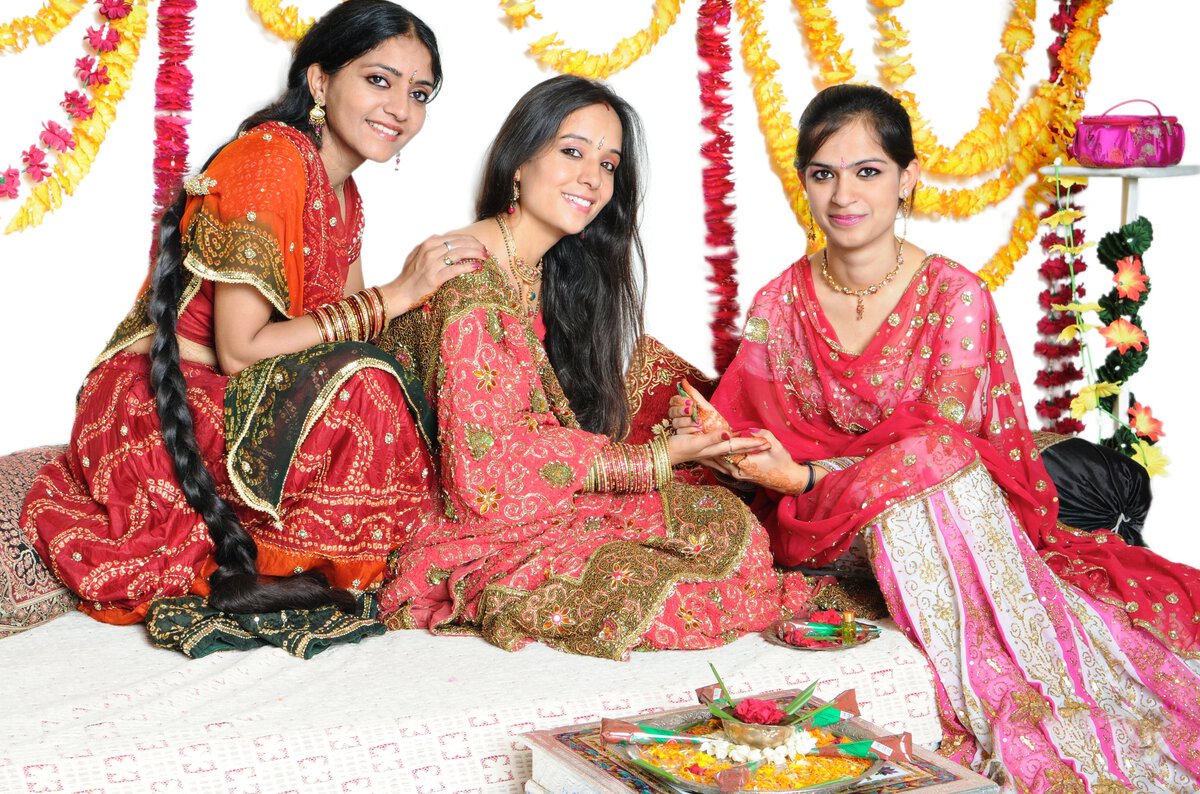
During Teej celebrations, women install an idol of Goddess Parvati in their homes or in a community and offer the goddess flowers, sweets, fruits and vermilion (sindoor). Generally, women in the same community gather, and typically the senior most among them read out the Teej Vrat Katha (Teej-related story) to others.
In some places, after the puja, women bathe themselves with the mud around the Datiwan plan to rid themselves of the bad karma. However, one important custom that is followed everywhere is the lighting up of the oil lamp, which is supposed to be kept burning for the whole night.
Many women observe different types of fast. Some consume only fruits throughout the day. Others, do nirjala vrata, wherein they don’t drink even one drop of water for the entire day and refrain from sleeping. During the Kajri Teej, women gather around the neem tree, which is considered holy amongst Hindus, and pay their obeisance to the tree.
In India, during most festivals, women wear traditional clothes, and apply mehendi on their hands and feet. Teej celebration is no different; women wear beautiful sarees and matching ornaments. During Hariyali Teej, mostly women prefer wearing green saree and they visit their maternal home to seek blessings of the elders in the family.
Also Read: Monsoon Guide to Visit Dudhsagar Falls
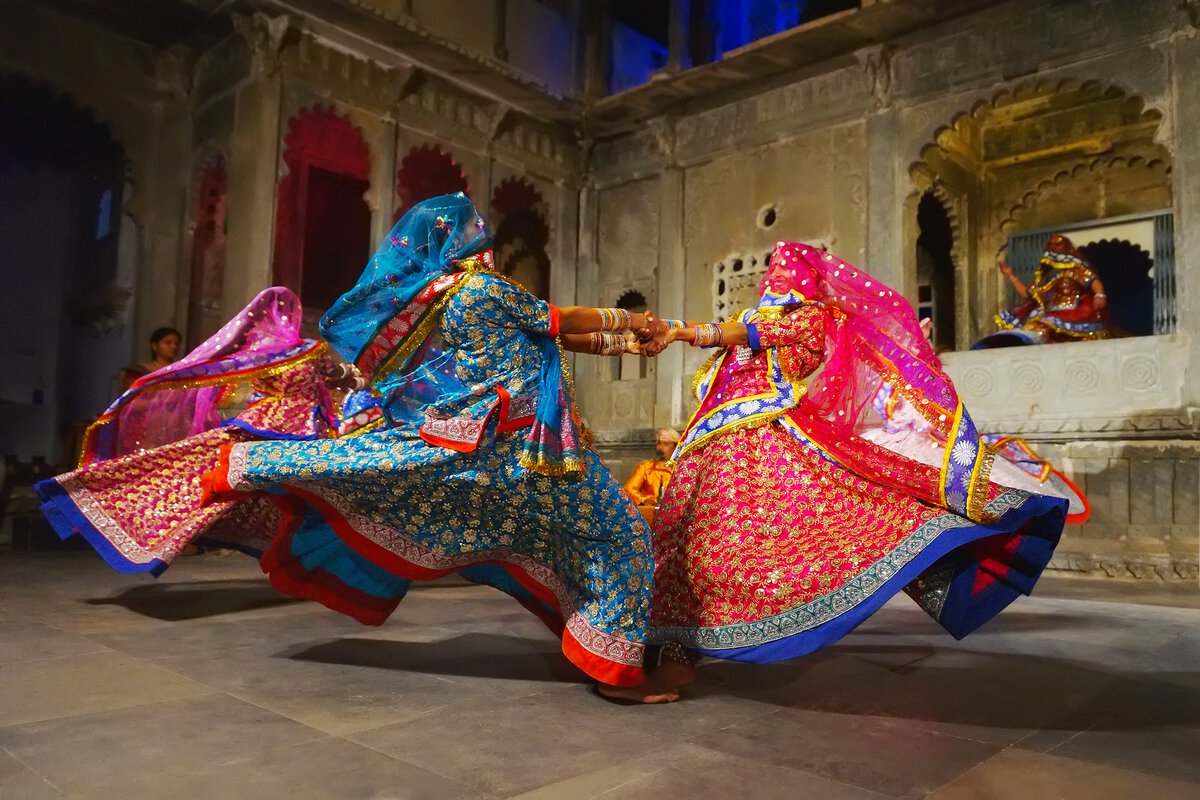
Teej celebration may be incomplete without performing the Teej dance. It is a traditional dance form that imitates the dance of the peacock during the rains. Women take turns to sing and sit on the swing decorated with flowers; together they sing songs that talk about marital happiness and their woes they took with their lovers during marriage.
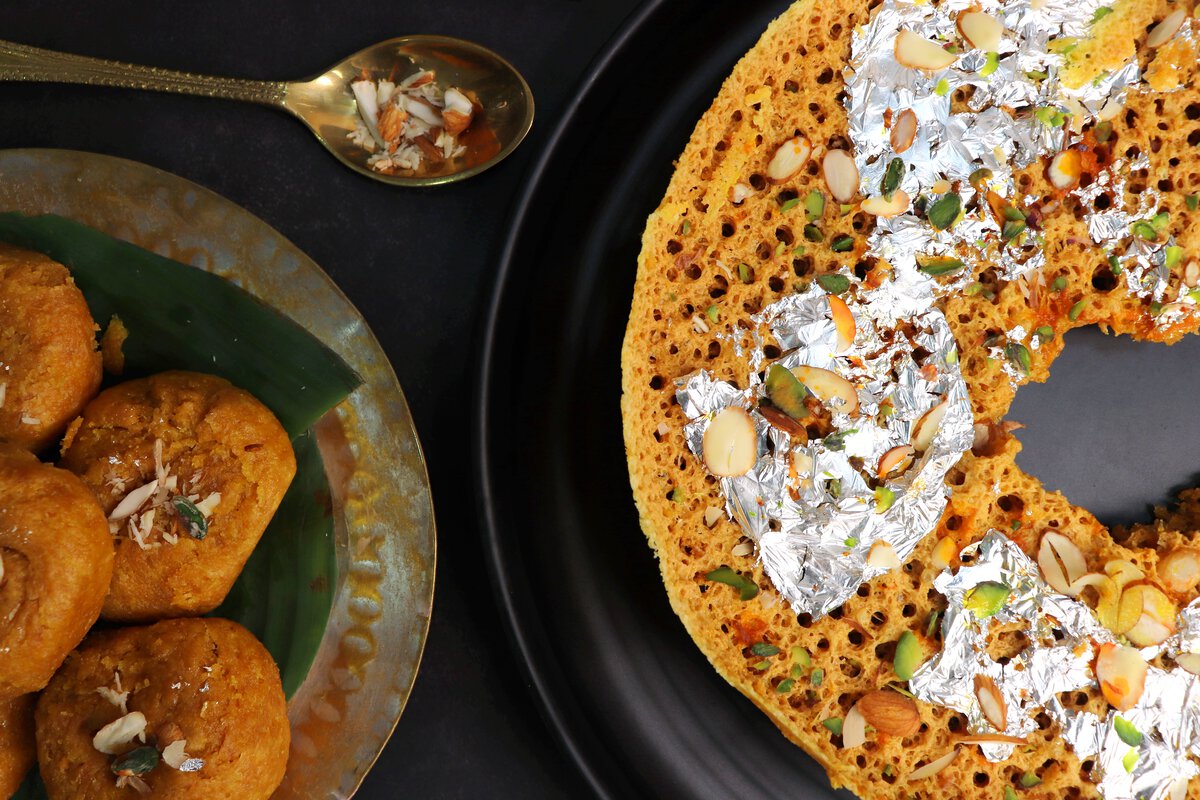
Like all other Indian festivals, during Teej, women prepare special food for the family. They make regional and traditional sweets like ghevar (Rajasthan), coconut ladoo (Maharashtra), and other common sweets like sheer, kaju katli, badam halwa and more. Typically, all the family members relish the sweets together after women in the house complete their fast.
Teej is a popular festival in India that brings great joy to all family members. Married women love this festival because they get to meet their maternal-side of the family and indulge in dancing and singing as part of the celebration rituals. The kids love the festival too as they get to indulge in a feast and gorge on the delicious sweets.
Mahindra Holidays & Resorts India Ltd. (MHRIL), a part of Leisure and Hospitality sector of the Mahindra Group, offers quality family holidays primarily through vacation ownership memberships and brings to the industry values such as reliability, trust and customer satisfaction. Started in 1996, the company's flagship brand ‘Club Mahindra’, today has over 290,000 members , who can holiday at 140+ resorts in India and abroad.